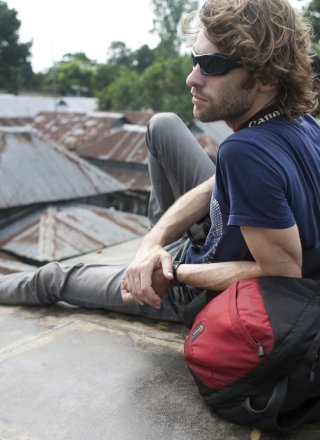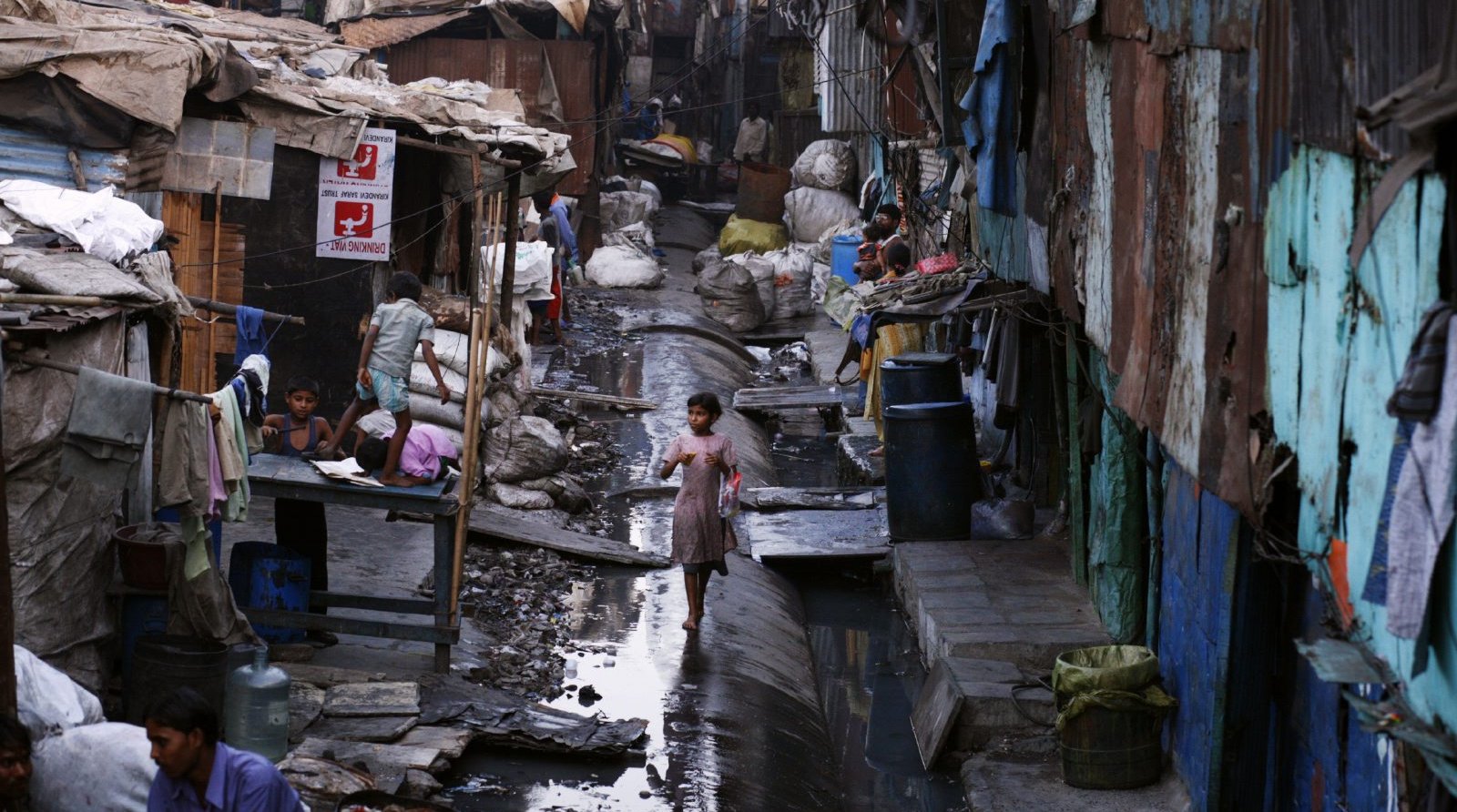
Dharavi Dreams - Mumbai’s Shadow City
Jonas Bendiksen
Magnum Photos pour National Geographic Magazine
We are at a watershed in human history: in 2007 the urban population of the planet will overtake the rural population for the first time. At about the same time, the number of people living in slums will go over one billion, i.e. one in every three people living in urban areas. The United Nations predicts that over the next few decades, the world’s slum population will double, meaning that urban slums may be the fastest growing human habitat. This story goes through one of the largest slums in Mumbai, Dharavi, showing squalor right in the middle of an increasingly modern city.
Preview
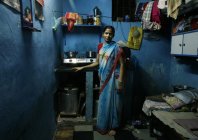
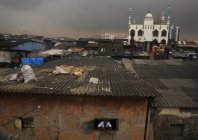
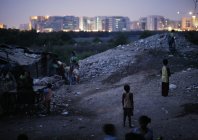

Slums have always been a place for new arrivals to find their footing, do business, and start a new life. As V.S. Naipaul wrote, " Mumbai is a crowd." Dharavi has people squeezed into every crack and countless districts of craftsmen, tradesmen and small businesses, and is often referred to as the throbbing heart of the city. From garment sweatshops to big trash recycling facilities, Dharavi is a hive of activity contributing more than $500 million dollars to the economy every year. In fact, many of the world’s megacities could scarcely do without their slums that are home to so many cogs in the great logistic machinery that keeps these cities ticking. Today Dharavi is both home and workplace for approximately one million people, and is the center of a tug-of-war between residents who have built their lives there and city planners who want to redevelop this valuable piece of real estate. If these plans go ahead, everything that is currently Dharavi will be demolished. What does it mean to be an urban citizen on the planet earth in the 21st century? For more and more people, it means one of the world’s many Dharavis.
Jonas Bendiksen




